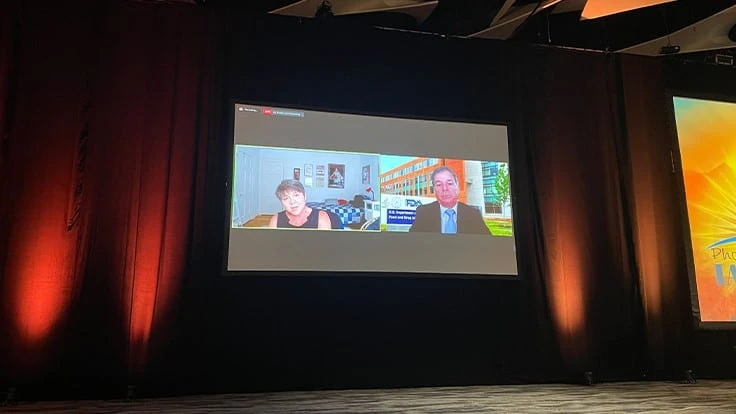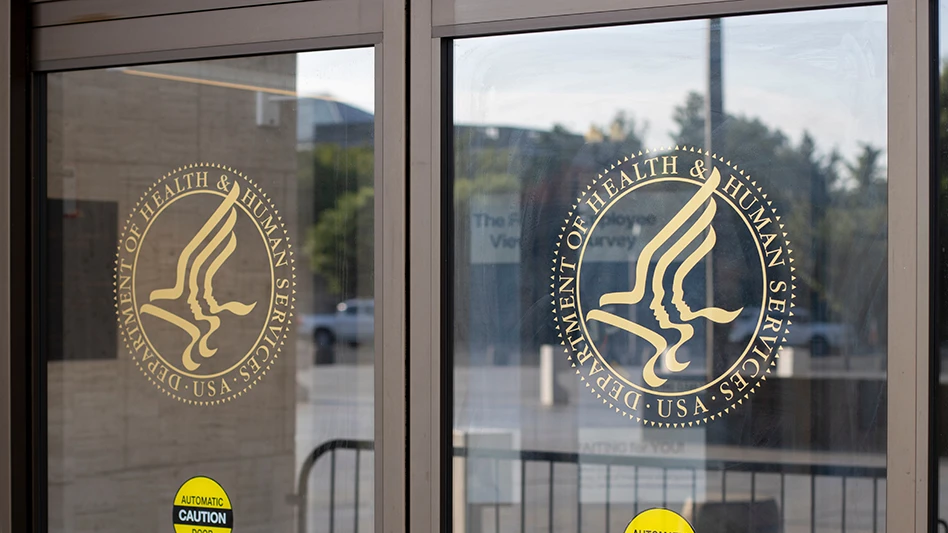
Jason Brill
PHOENIX — Day 2, the first full day of sessions at the International Association for Food Protection's IAFP 2021, kicked off with sessions such as Improving the Food Recall Effectiveness of Regulatory Agencies, How Regulators are Integrating Food Safety Culture into Food Safety Performance and Assessment Strategies and more.
When Crime Threatens Food Safety was a roundtable discussion that provided attendees with the opportunity to hear first-hand experience and advice for reducing the risk of food crime that threatens food safety. Led by Decernis' Karen Everstine, panelists included Roy Fenoff from The Citadel, Elise Forward from Forward Food Solutions, LLC, Bonnie Stransky from the Federal Bureau of Investigation, Jennifer van de Ligt from Food Protection and Defense Institute and Katie Zammit from Cargill, Inc.

The case studies provided by the panelists included a story from Stransky about someone who had been recently fired from a Mexican restaurant in Kansas. He was upset about being fired, and talked his wife (who still worked there as a waitress) into putting pesticide in the restaurant's complimentary salsa.
"The first day, 24 people got sick immediately, and the next day 36 people got sick," Stransky said. "And it took a long time for them to figure out that it wasn't something like Listeria or Salmonella."
After isolating it as the salsa, the restaurant had to backtrack who had access to the salsa and eventually discovered that it was the wife and husband.
"When we talk to people and we understand what these events are," said van de Ligt, "almost all of them are coming from an inside attacker. It's not an outside attacker. It's someone that has legitimate access into the facilities."
Day two also included an update on regulation from the Department of Agriculture's Sandra Eskin, and Frank Yiannas from the Food and Drug Administration.
After breaking down updates from 2020 that included guidance for controlling Salmonella and Campylobacter, Eskin presented future areas of concentration for USDA, such as labeling of product from cell culture technology, expansion of generic label approval and expansion of the accredited laboratory program.
Yiannas focused on FDA's proposed traceability rule, the New Era of Food Safety and the fact that part of FSMA's impact over the last 10 years has been the larger conversation around food safety.
"I think we're in the midst of a food safety revolution," Yiannas said. "I don't think I'm exaggerating."
IAFP's second day wrapped up with an interesting and insightful conversation on a subject that at first glance would seem at home at a writing conference. Moderated by Stan Bailey, senior director scientific affairs at bioMérieux, The Art of Scientific Storytelling featured speakers Mindy Brashears, associate vice president of research at the International Center for Food Industry Excellence, Texas Tech University, and former under secretary at USDA, Alejandro Mazzotta, senior vice president at Chobani, and Michele Sayles, executive director food safety and quality at Diamond Pet Foods.

The entertaining discussion aimed to help attendees take what they learned at IAFP and infuse it into their organization by using storytelling to convince company leaders about the critical need for improvements and investments.
"Sometimes I tell them, 'Do you want to be left behind, or do you want to be part of the group that looks forward?'" said Sayles. "Our customers are always demanding: 'What are you going to do next for us? What's going to be the next innovation?' The key to success is always being the first to the market with whatever the new technology is."
This level of storytelling can also help share vital info with consumers during difficult times such as a recall.
Latest from Quality Assurance & Food Safety
- Kim Heiman Elected to Second Term as President of Wisconsin Cheese Makers Association
- FAO Launches $150 Million Plan to Restore Ukrainian Agricultural Production
- Pet Food Company Implements Weavix Radio System for Manufacturing Communication
- Penn State Offers Short Course on Food Safety and Sanitation for Manufacturers
- USDA Announces New Presidential Appointments
- FDA to Phase Out Petroleum-Based Synthetic Dyes in Food
- IFT DC Section to Host Food Policy Event Featuring FDA, USDA Leaders
- CSQ Invites Public Comments on Improved Cannabis Safety, Quality Standards





